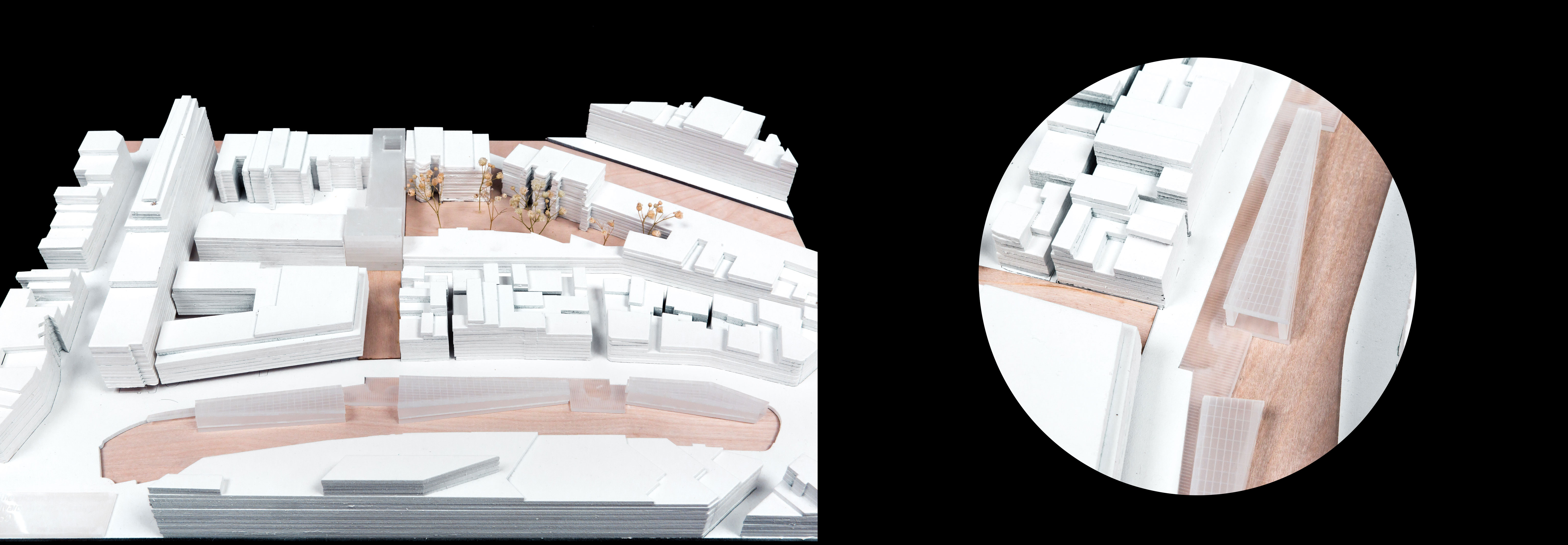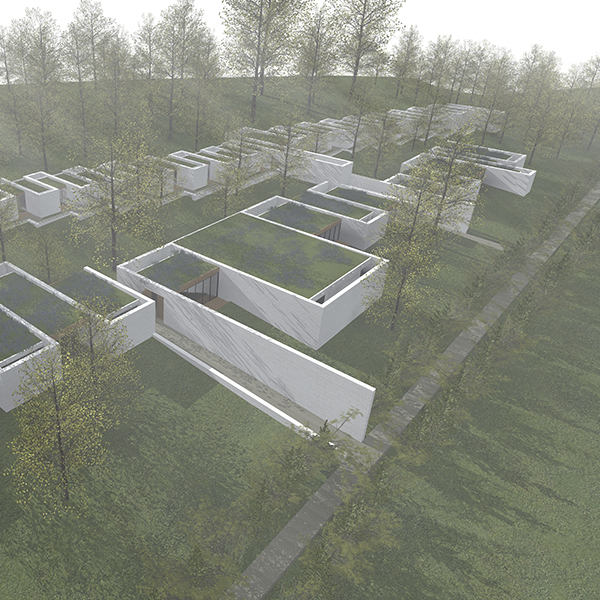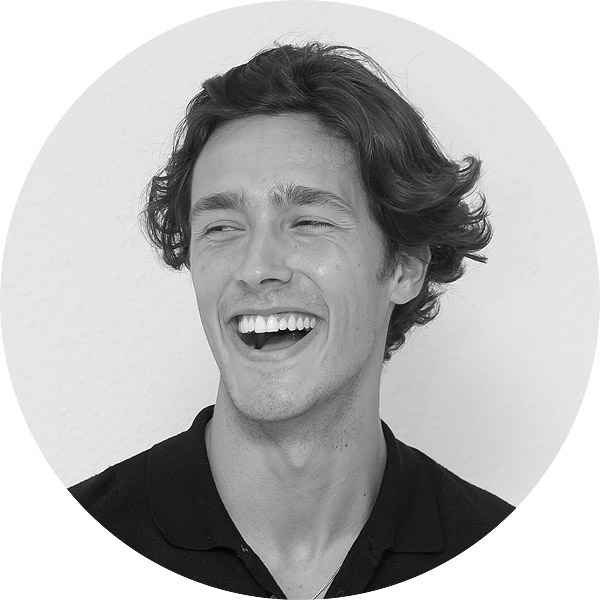
Álvaro Alcain
THE BLOEMEN EXPERIENCE, AMSTERDAM
project End of Degree Master's Degree in Architecture
University of Navarra
TutorLuis María Uriarte
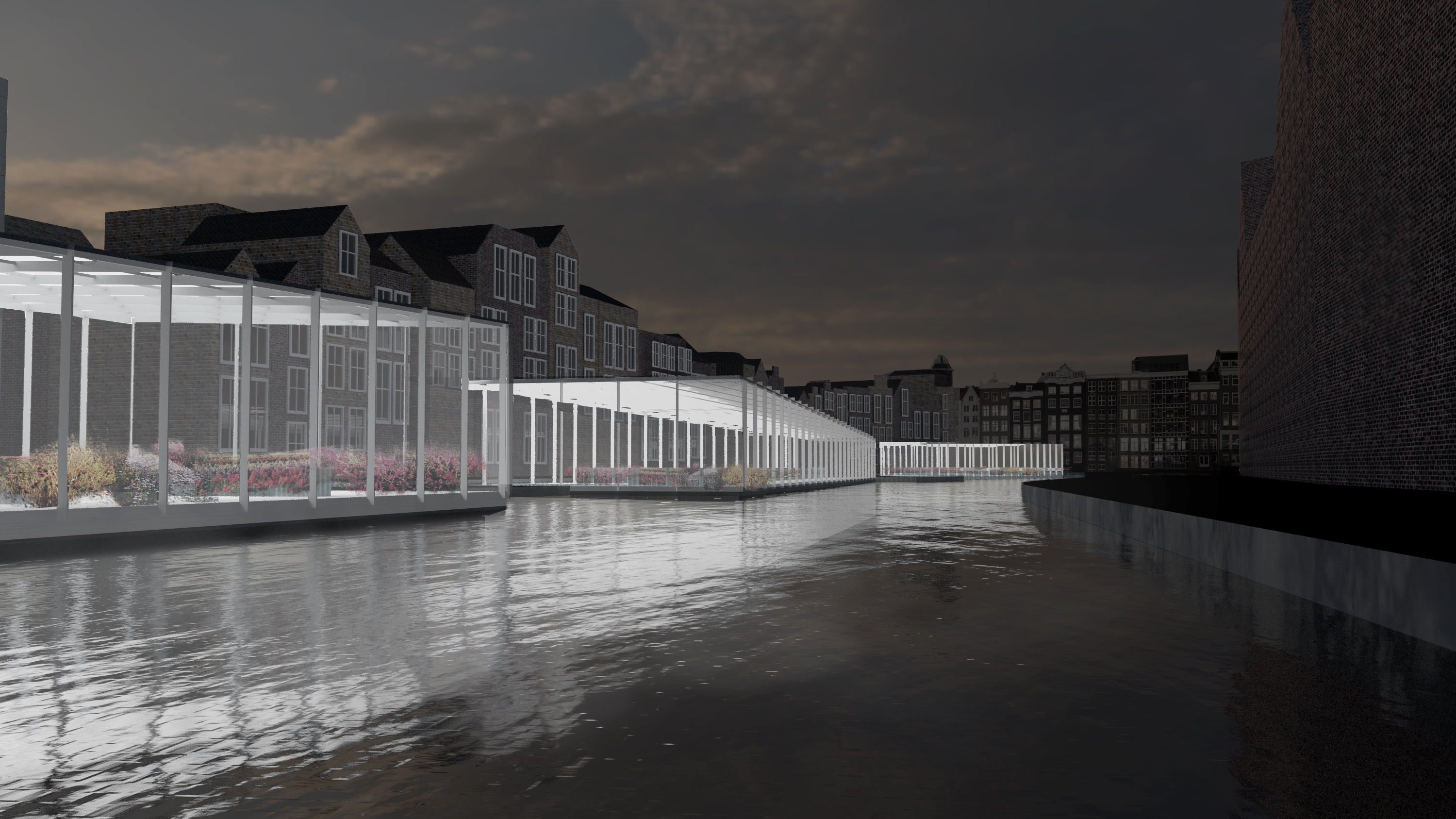
The new flower market aims to return to its origins. The main action takes place on the canal, three diaphanous volumes are set on the bank, simulating the first barges of the market. Then, under the framework programme "The Bloemen Experience", the block behind is colonised to house the museum part of project. Both interventions regenerate the public space and extend it, they feed off each other. Visuals, new routes and empty spaces are small surgeries that sew the work to the urban fabric, becoming a new landmark.
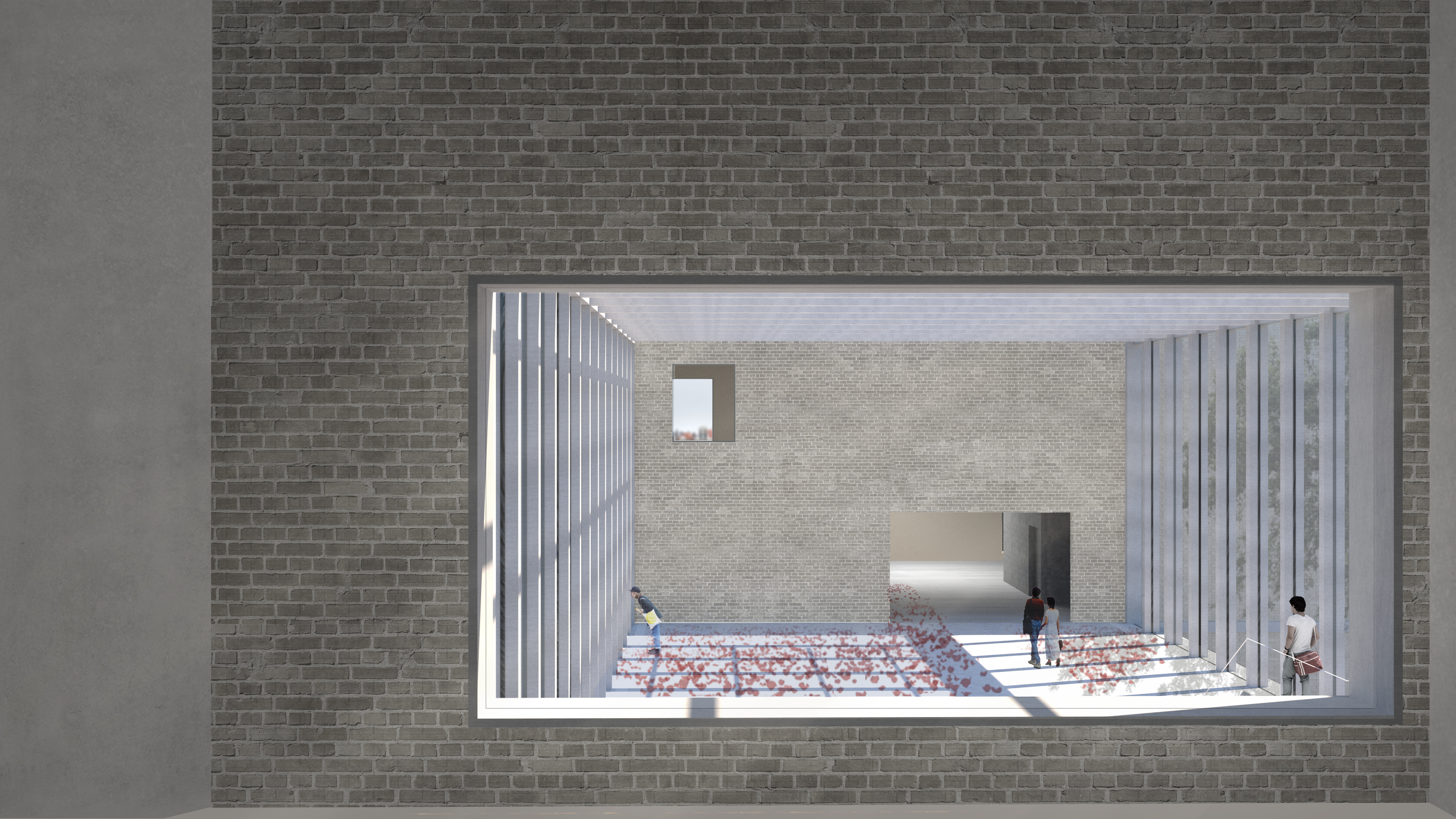
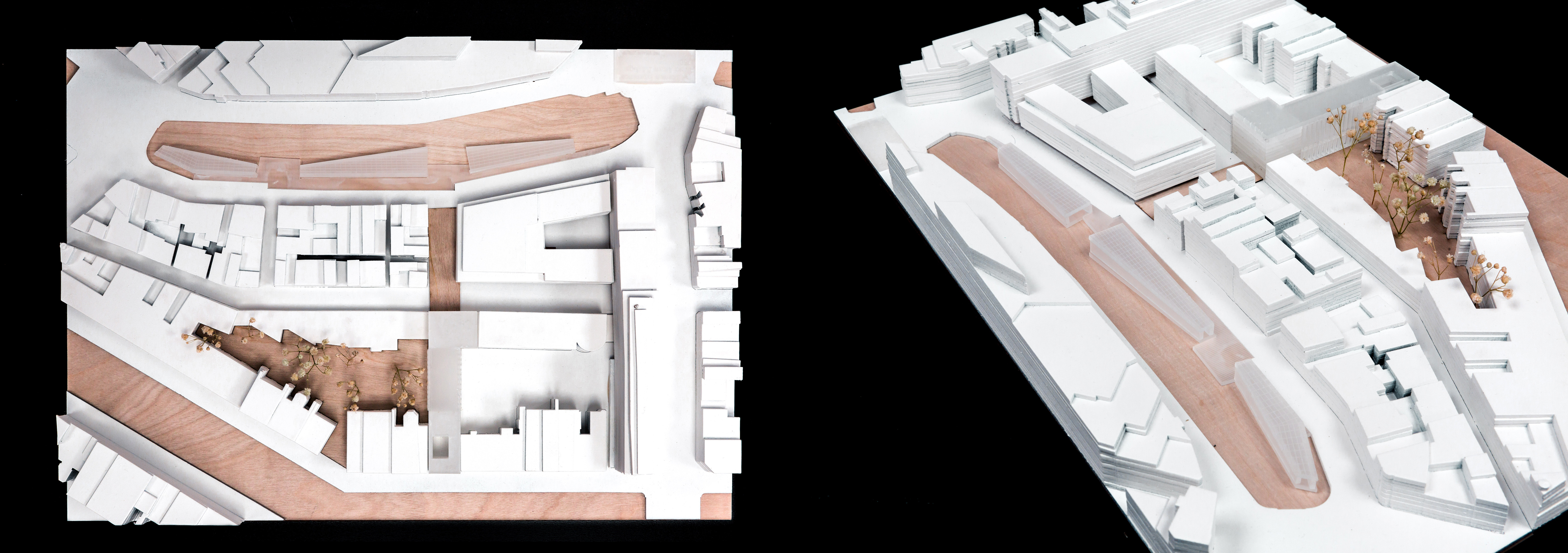
Since the origins of the city, this canal has played an important role in the city's trade development . As a customs border, sailors and merchants docked here to trade goods, establishing one of the economic hubs of Northern Europe. The city and its culture have always been linked to flowers, and it was only natural that the first flower market was established here. However, as the centuries passed and the culture changed, so did its market, as a living reflection of the city.

Amsterdam lives by its anachronistic image, its tradition and culture is breathed throughout the city, but a large part of this bequest has been lost, the cult of the flower. Its greatest exponent, the market, has degenerated into a shopping centre for souvenirs, losing meaning, but above all nipping in the bud any way of understanding how important flowers were for the development of this emblematic city.
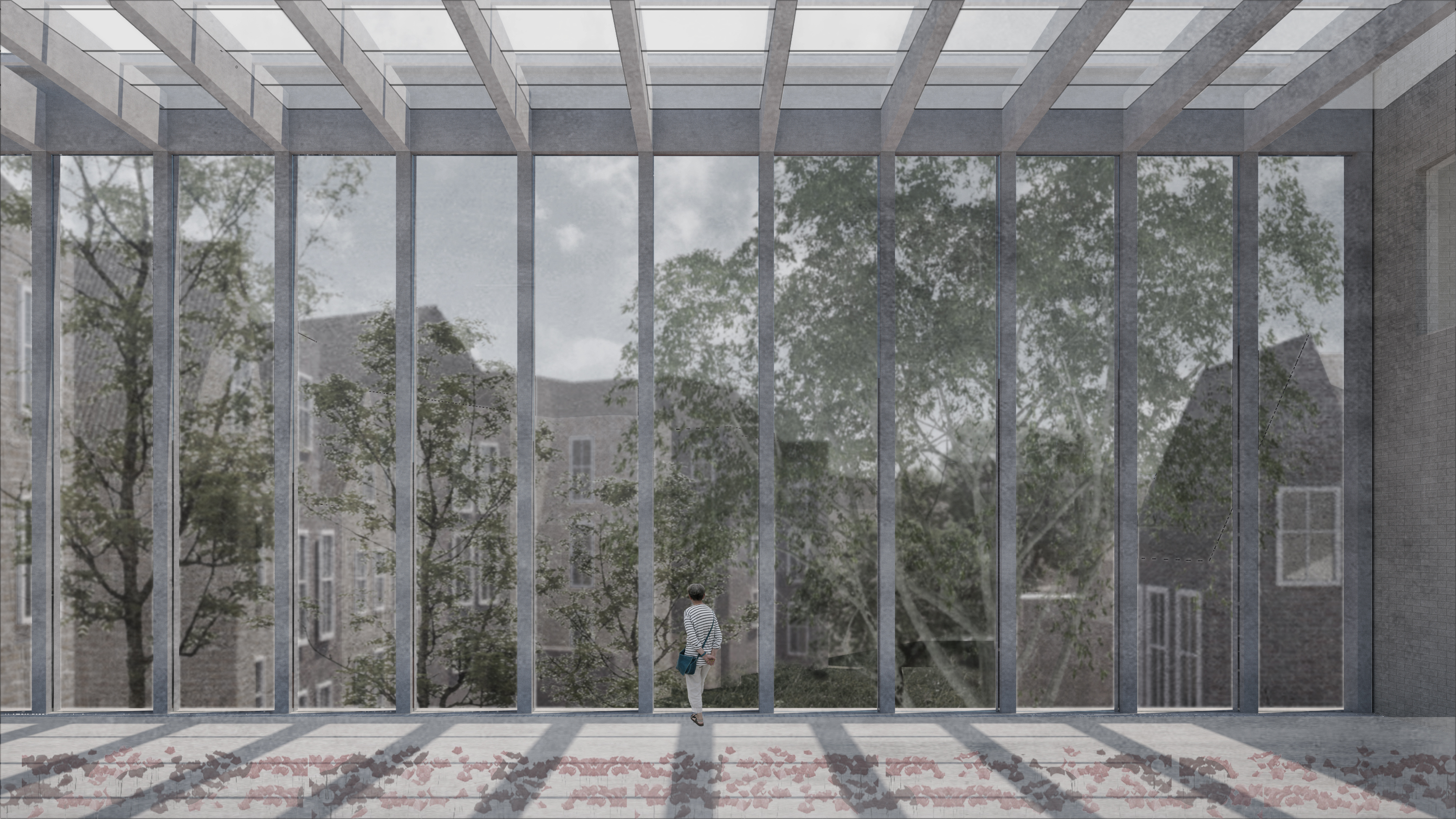
For refund the greatness that befits this market, not only a facelift is needed, but also a cultural reform on a larger scale so that this market continues to have a place in our times.


Thus The Bloemen Experience was born, a strategy to reactivate the market. Not only do we have a place to buy flowers, a place that has always been and always will be, but we understand why we buy flowers. This synergy translates into an action on the main front and the previous block, consisting of the market, quality public space donated to the city and a museum dedicated to floral culture. This project on an urban scale aims to link the whole with the rest of the city's museums by means of two elements, visuals and attractions, whether new façades or voids. It opens up a new route that allows us to visually narrate the inner workings of this and to enjoy a much more genuine and dignified flower market.
